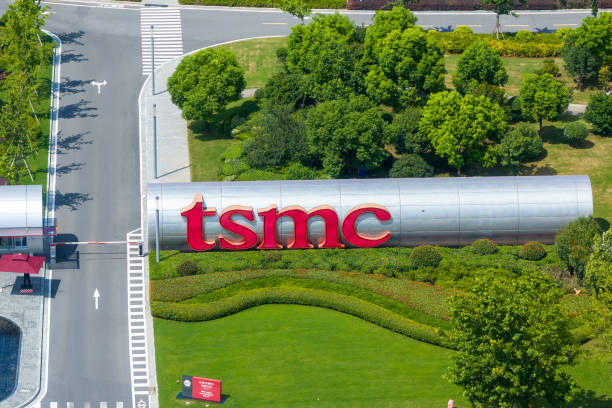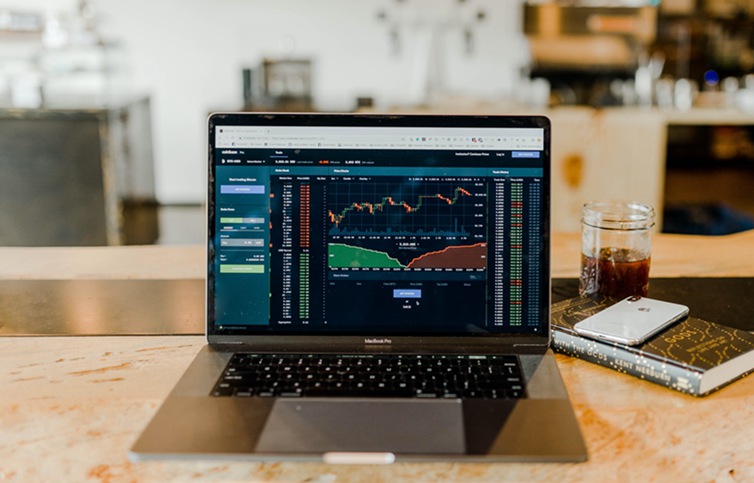GLOBAL MARKETS-Rebound in Japan provides some respite for battered markets

- Treasury Secretary Bessent to lead trade negotiations with Japan
- Japan's Nikkei surges 5.6%, JGB yields rise from 3-month lows
- Hong Kong equities gain despite Trump's hard line on Beijing
- Sell-off continues in Taiwan,
- Crude oil rebounds from nearly four-year lows
By Kevin Buckland
TOKYO, April 8 (Reuters) - Asian stocks bounced off more than one-year lows and U.S. stock futures pointed up on Tuesday, but many investors remained on edge even as they hoped Washington might be willing to negotiate some of the aggressive tariffs that have unleashed turmoil in markets.
A 5.6% rebound in Japan's Nikkei .N225 far outpaced other regional markets, with Treasury Secretary Scott Bessent tasked with leading trade negotiations with Tokyo.
"Importantly, a little ray of sunshine is starting to emerge that gives hope that the U.S. is genuinely open to trade negotiations, (with) the most significant being Japan with Treasury Secretary Bessent," said Tapas Strickland, head of market economics at National Australia Bank.
Strickland, however, noted volatility remains extremely elevated, with the "rare event" of the VIX index .VIX spiking above 60 overnight for only the second time since the pandemic.
Indeed, the uptick in Tokyo comes after a steep selloff in recent days, while China's markets rose only modestly after the country's sovereign wealth funds stepped in to buy shares. Chip-export-dependent Taiwan's benchmark .TWII tumbled 5%, a day after suffering its worst fall on record.
MSCI's broadest index of Asia-Pacific shares .MIAP00000PUS added 1.7% to climb from its lowest level since February of 2024, but that followed a more than 10% dive over the previous two sessions, and much of the rebound came from Japanese shares.
Thai stocks .SETI dropped nearly 6% in catch-up selling from a holiday on Monday, while Indonesia .JKSE returned from a week-long holiday to 9% losses.
Hong Kong's Hang Seng .HSI climbed 1.6% after its steepest drop since the 1997 Asian financial crisis on Monday. Mainland Chinese blue chips .CSI300 added 1%, with help from buying by sovereign fund Central Huijin Investment and other state-backed investors.
The Chinese yuan CNH=D3 fell to 7.3677 per dollar in the offshore market, the weakest in two months, before rebounding to be slightly stronger than Monday's close at 7.3393.
The heightened uncertainty in markets wasn't helped by shifting headlines on trade as investors looked for respite from the sharp market volatility.
An erroneous report by CNBC that President Donald Trump was considering a 90-day pause on tariffs for countries other than China was quickly denied by the White House.
Trump also dug in his heels over China, vowing additional 50% levies if Beijing does not withdraw retaliatory tariffs on the United States. Beijing said on Tuesday it will never accept the "blackmail nature" of U.S. tariff threats.
BEAR RALLY?
U.S. business leaders have begun speaking out about the damage to the economy and financial markets that could be wrought by Trump's global trade war, with JPMorgan Chase JPM.N CEO Jamie Dimon warning on Monday of inflation and a U.S. slowdown.
The risk-sensitive Australian dollar leapt 0.9%, and the Canadian dollar gained 0.6% against its U.S. counterpart.
Australia's equity benchmark .AXJO gained 1.7%, and South Korea's KOSPI .KS11 added 0.5% after paring an earlier advance of as much as 2.3%.
Pan-European STOXX 50 futures STXEc1 rallied 2.2%.
U.S. S&P 500 futures EScv1 rose 1.4%, after the cash index .SPX ended a wild session with a small decline on Monday.
"The signs are there that if the market hears what it wants to hear then risky assets could explode higher," said Chris Weston, head of research at Pepperstone.
"However, the net effect of the news on the day was hardly positive, and the headlines that the market really wanted to believe to be true proved to be false," he said.
"I'd argue what played out was more in fitting with a bear market rally and one that traders should look to fade, rather than believing we've reached a key inflection point for a sustained trend higher."
The 10-year Treasury yield US10YT=RR rose as much as 6 basis points (bps) to 4.216% on Tuesday, after jumping some 17 bps on Monday as it bounced from six-month lows.
That helped wrench Japanese government bond yields off their own multi-month lows, with the 10-year yield JP10YTN=JBTC up as much as 13 bps to 1.24%.
The U.S. dollar slipped 0.5% against a basket of six major peers =USD, but that followed a two-day 1.2% advance from a six-month trough.
The dollar eased 0.2% to 147.53 yen JPY=EBS.
The euro EUR=EBS jumped 0.7% to $1.0979, and sterling GBP=D3 climbed 0.5% to $1.2789.
The European Commission said on Monday it had offered a "zero-for-zero" tariff deal to avert a trade war with the United States as EU ministers agreed to prioritise negotiations, while also striking back with 25% tariffs on some U.S. imports.
Gold XAU= added 0.4% to $2,995 per ounce, although it was still well back from last Thursday's record peak at $3,167.57, reached in the immediate aftermath of Trump's "Liberation Day" tariff announcement.
Brent crude futures LCOc1 were up 1.5% at $65.16 per barrel, and U.S. West Texas Intermediate crude futures CLc1 rose 1.6% to $61.66.
Cryptocurrency bitcoin BTC= rose 1.2% to trade just below $80,000, after bouncing off a five-month low of $74,445.79 reached on Monday.
World FX rates YTD http://tmsnrt.rs/2egbfVh
Asian stock markets https://tmsnrt.rs/2zpUAr4




